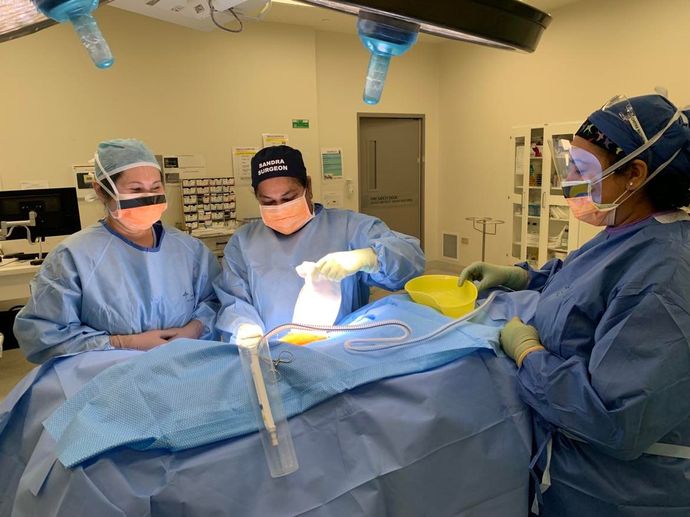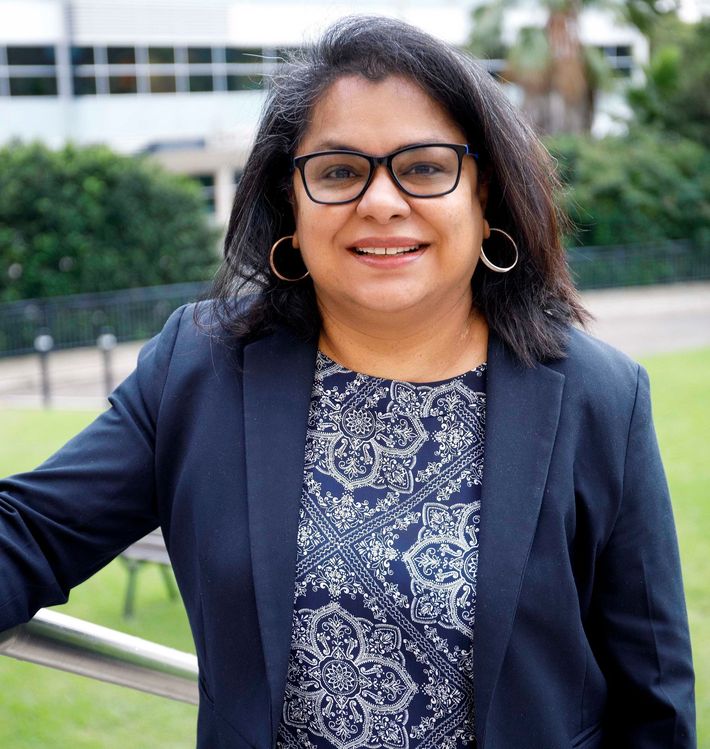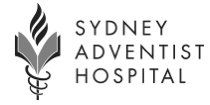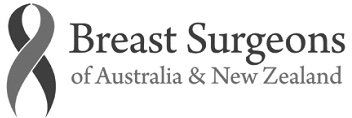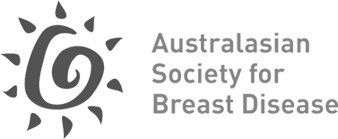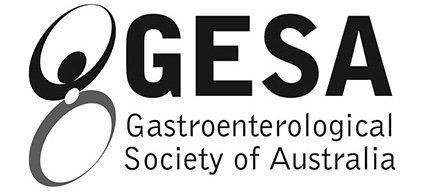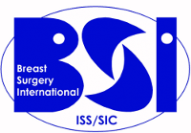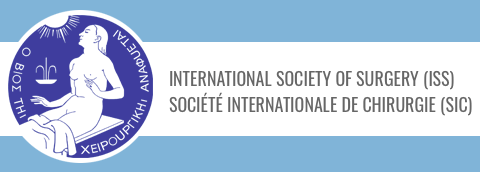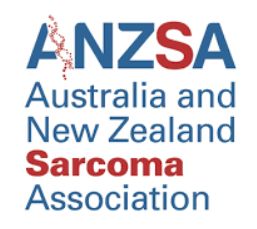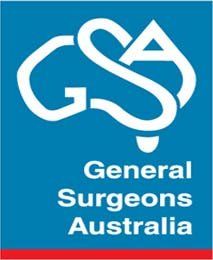Urgent Appointment
Telehealth
Hornsby Consulting
Bega Operating and Consulting
Canberra Consulting and Operating
Canberra
Wahroonga
Hornsby
Urgent Appointment -please call 94675400
Argus: argusdocs@specialistsurgeon.com.au
Healthlink EDI: ang7sana
Medical Objects
BREAST CANCER SURGEON, SYDNEY
You may be looking for a an Oncoplastic Breast Surgeon in Sydney or Canberra. Someone in your family may have just been informed of a 'diagnosis’, maybe the big 'C.'
It often is an overwhelming, nerve-wracking time for the whole family. Conflicting advice from family and friends on various issues; choosing a facility, picking the best breast cancer surgeon, potential costs, numerous appointments, and navigating hospital and healthcare systems. Unfortunately, there is no easy, simple solution.
Associate Professor Sandra Krishnan is an experienced, Senior Breast Cancer Surgeon based in Sydney and Canberra. She believes in giving as much information as possible so you feel comfortable making critical decisions from breast screening to treatment. Her team will help concentrate on one thing — a complete and holistic outcome. She cares and aims to deliver an outstanding result for you — in all ways... physically, mentally and emotionally.
Integrity, open communication, and warmth define her professional surgical practice, she will help you take the next critical step. All her years of surgical training and practice have allowed her to hone the surgical craft, and the only aim is to provide you with absolutely the best recovery possible.
For the consultation. For the process. For surgery. For aftercare.
It is what she does best.
OUR BREAST CANCER CLINIC PROCESS
Prof Krishnan's philosophy is 'You Come First,' it is the guiding principle for her breast surgery and surgical oncology service in Sydney and Canberra.
You may have had breast cancer screening before this appointment.
The process starts with booking an appointment, and the breast cancer consultant team will answer questions regarding the initial visit.
You then progress to meet her, either face to face or via telehealth for the following.
- consultation, a detailed discussion (bring your previous images/test results)
- clinical examination using bedside tests like ultrasound
- appropriate diagnosis
- thorough explanation and implications of treatment
- further investigations and management as necessary
Associate Professor Krishnan has meticulously honed her surgical skills; 'skin to skin,' she performs every procedure with precision and care. If you do not need exhaustive tests or a procedure, whether a general or breast cancer operation, she will guide you on the best options, always tailored for you.
She believes in total patient care, which means you will be looked after during all times of your journey, before, during and immediately after surgery. Expect exceptional aftercare when the general or breast cancer operation is over, and you are on the road to recovery.
Meet Assoc Professor Sandra Krishnan
“At first, I wanted to be a teacher. But as a teenager, I remember feeling helpless in a hospital ward, trying to understand the situation. My grandfather was unwell, and the doctors were so busy and hard at work, but somehow, he seemed to come last.
It made an impression; I vowed to be different.
As soon as I started studying medicine, everything came together, and I immediately knew what I wanted to become. And as a young medical student in the operating theatre, I realised that this is where the science and art of medicine come together.
Today, as a surgeon, I get to operate using my hands and brain. It’s an incredible experience. Now that I’m also teaching surgery, I tell my students, ‘I owe it to humanity to help make you the best doctor.’
I love the San because of its impressive history, values, deep spirituality and outstanding clinical work, but mainly it’s the people. We care about each other, not just outcomes, not just the bottom line. Nike says, ‘Just do it.’ My mantra is ‘Do it lovingly.’ Here at the San, that’s what we do… we do it lovingly. It’s a good fit for me.
My grandfather would have been proud.”
Associate Prof Sandra Krishnan, Surgical Oncologist
Our Reviews
 Rating
Rating
WHY SHOULD A PATIENT CHOOSE ME?
“My patient comes first, every time"
I truly care
- each patient
- a patient-oriented practice
- approachable
- exceptional service
- outstanding value
I offer
- exhaustive details about your condition
- holistic care
- clear explanation for general and breast cancer treatment options
- phenomenal aftercare
- a lifelong relationship
RESOURCES
BLOG
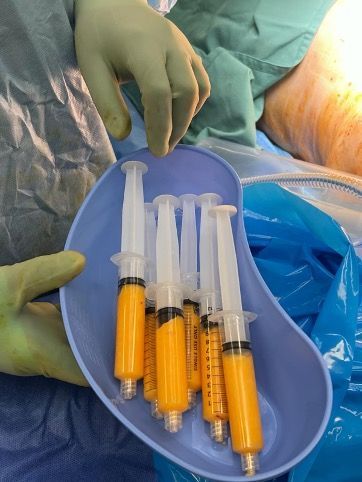
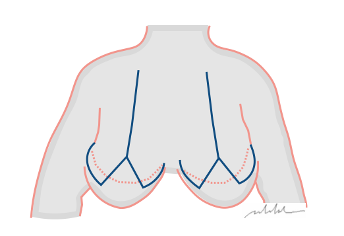
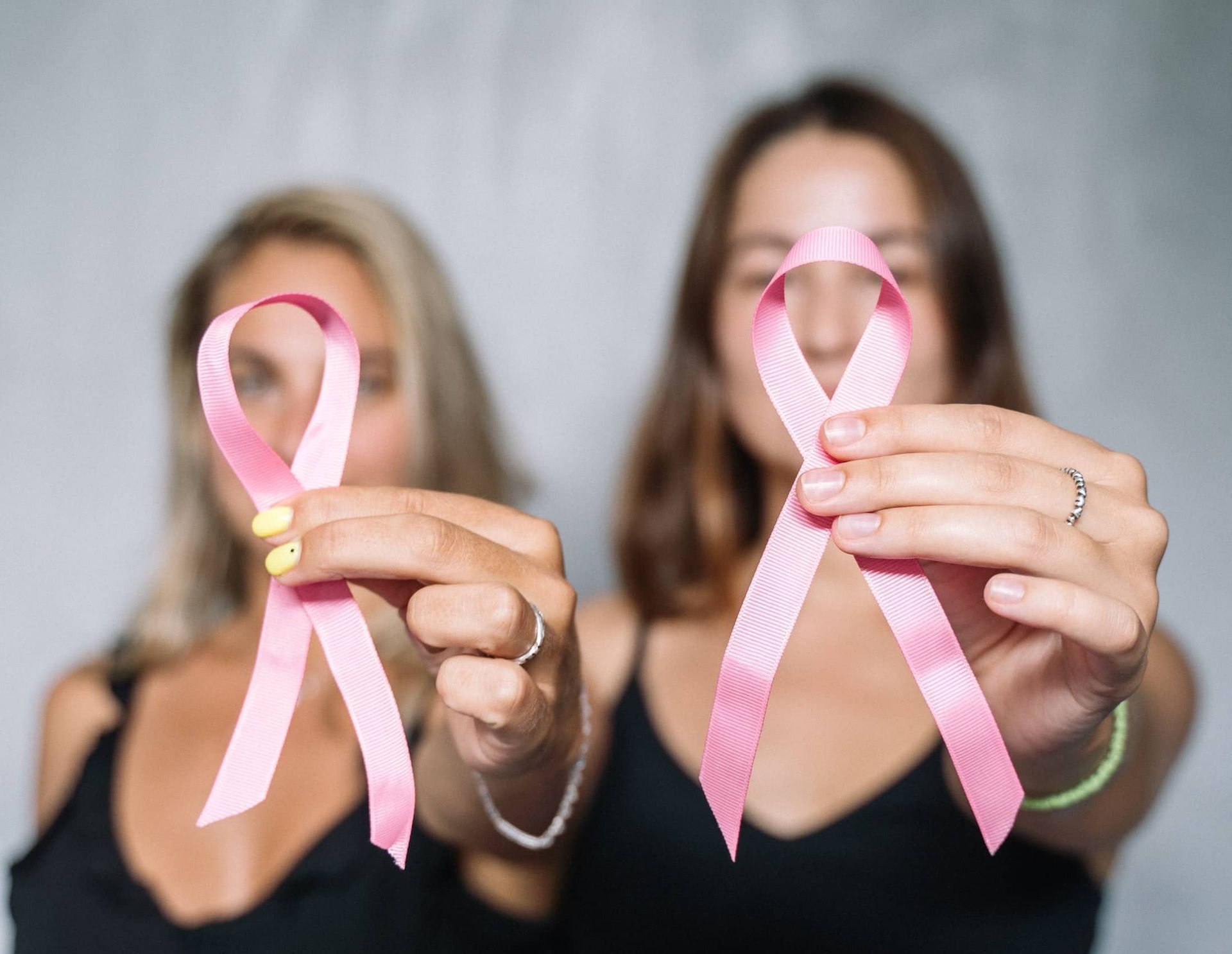
IMPORTANT PAGE LINKS
PRACTICE DETAILS
Northern Surgical Oncology, Sydney Adventist Hospital Suite 404, 185 Fox Valley Rd Wahroonga NSW
Calvary Bruce Private Hospital,
30 Mary Potter Cct, Bruce ACT 2617,
Hornsby Whitehouse Medical Centre,
104 Balmoral Street, Hornsby 2077
OPEN HOURS
- Mon - Fri
- -
- Saturday
- Appointment Only
- Sunday
- Closed
CONTACT
SOCIAL LINKS
IMPORTANT PAGE LINKS
PRACTICE DETAILS
OPEN HOURS
- Mon - Fri
- -
- Saturday
- Appointment Only
- Sunday
- Closed
All Rights Reserved | Dr Sandra Krishnan


